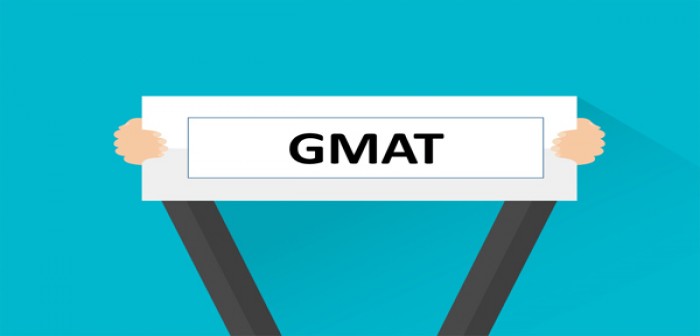A Comprehensive Guide to the GMAT: Your Path to Business School Success

Strong 8k brings an ultra-HD IPTV experience to your living room and your pocket.
The Graduate Management Admission Test (GMAT) stands as a crucial gateway for individuals aspiring to pursue advanced business education. This comprehensive overview will help you understand what the GMAT entails, how to prepare, and why it matters for your business school journey.
Understanding the GMAT
The GMAT is a computer-adaptive test designed to assess analytical, writing, quantitative, verbal, and reading skills. Business schools worldwide use GMAT scores as a standardized metric to evaluate applicants' academic potential. The test's adaptive nature means that the difficulty of questions adjusts based on your performance, providing a precise assessment of your abilities.
Test Structure and Sections
Analytical Writing Assessment (AWA)
The test begins with a 30-minute writing section where you'll analyze an argument. This section evaluates your critical thinking and communication skills through a written essay. You'll need to examine the logical flow of the given argument and provide a well-structured critique.
Integrated Reasoning (IR)
Following the AWA, you'll tackle the 30-minute Integrated Reasoning section, which tests your ability to analyze data presented in multiple formats. This section, introduced in 2012, reflects the complex data-driven decision-making required in modern business environments. You'll encounter graphics interpretation, multi-source reasoning, table analysis, and two-part analysis questions.
Quantitative Section
The 62-minute Quantitative section assesses your mathematical and logical reasoning abilities. Questions fall into two categories: Problem Solving and Data Sufficiency. While the math concepts tested are relatively basic (arithmetic, algebra, and geometry), the questions require sophisticated logical thinking and problem-solving approaches.
Verbal Section
The final 65-minute Verbal section evaluates your command of standard written English, reading comprehension, and logical reasoning. This section includes Reading Comprehension, Critical Reasoning, and Sentence Correction questions, testing your ability to analyze arguments, understand complex passages, and identify grammatical errors.
Scoring and Importance
The GMAT provides several scores:
- Total Score: Ranges from 200 to 800 (based on Quantitative and Verbal sections)
- Quantitative Score: 6-51 scale
- Verbal Score: 6-51 scale
- Integrated Reasoning: 1-8 scale
- Analytical Writing Assessment: 0-6 scale
Top business schools typically look for total scores above 700, though requirements vary by institution. The mean score hovers around 565, but competitive programs often have average scores above 720.
Preparation Strategies
Study Timeline
Most successful candidates spend three to six months preparing for the GMAT. This timeline allows for thorough coverage of all topics while maintaining a balanced study schedule alongside work or other commitments.
Study Resources
Effective preparation typically involves:
- Official GMAT study materials from GMAC
- Practice tests to simulate exam conditions
- Subject-specific study guides
- Online learning platforms
- Private tutoring or prep courses if needed
Practice Tests
Regular practice tests serve multiple purposes:
- Familiarizing you with the computer-adaptive format
- Building mental stamina for the lengthy exam
- Identifying knowledge gaps and weak areas
- Tracking progress over time
Test Day Tips
Success on test day requires more than just knowledge:
- Arrive early to complete check-in procedures
- Bring required identification documents
- Use the optional breaks between sections to rest and recharge
- Manage time carefully within each section
- Stay calm and focused throughout the exam
Recent Changes and Adaptations
The GMAT continues to evolve with technological advances and changing business education needs. Recent years have seen the introduction of the online GMAT option and shorter test formats in response to global circumstances. These adaptations demonstrate the test's ongoing relevance in business education.
Looking Forward
The GMAT remains a significant factor in business school admissions, but it's just one component of your application. A strong GMAT score, combined with professional experience, academic background, and leadership potential, creates a compelling candidate profile for top business programs.
Remember that success on the GMAT is achievable with dedicated preparation and the right strategy. Focus on understanding your strengths and weaknesses, develop a structured study plan, and maintain consistency in your preparation efforts.
Note: IndiBlogHub features both user-submitted and editorial content. We do not verify third-party contributions. Read our Disclaimer and Privacy Policyfor details.


